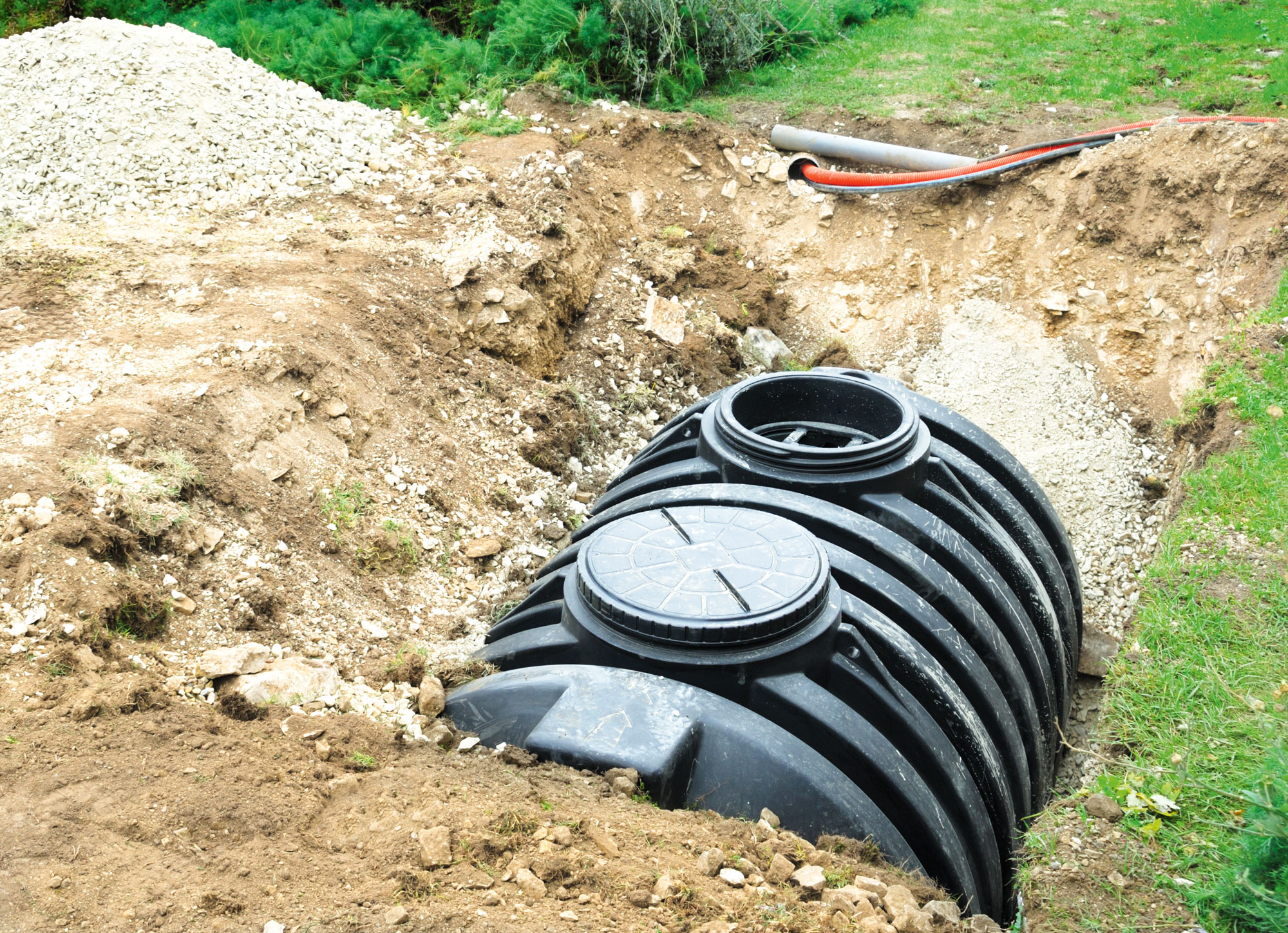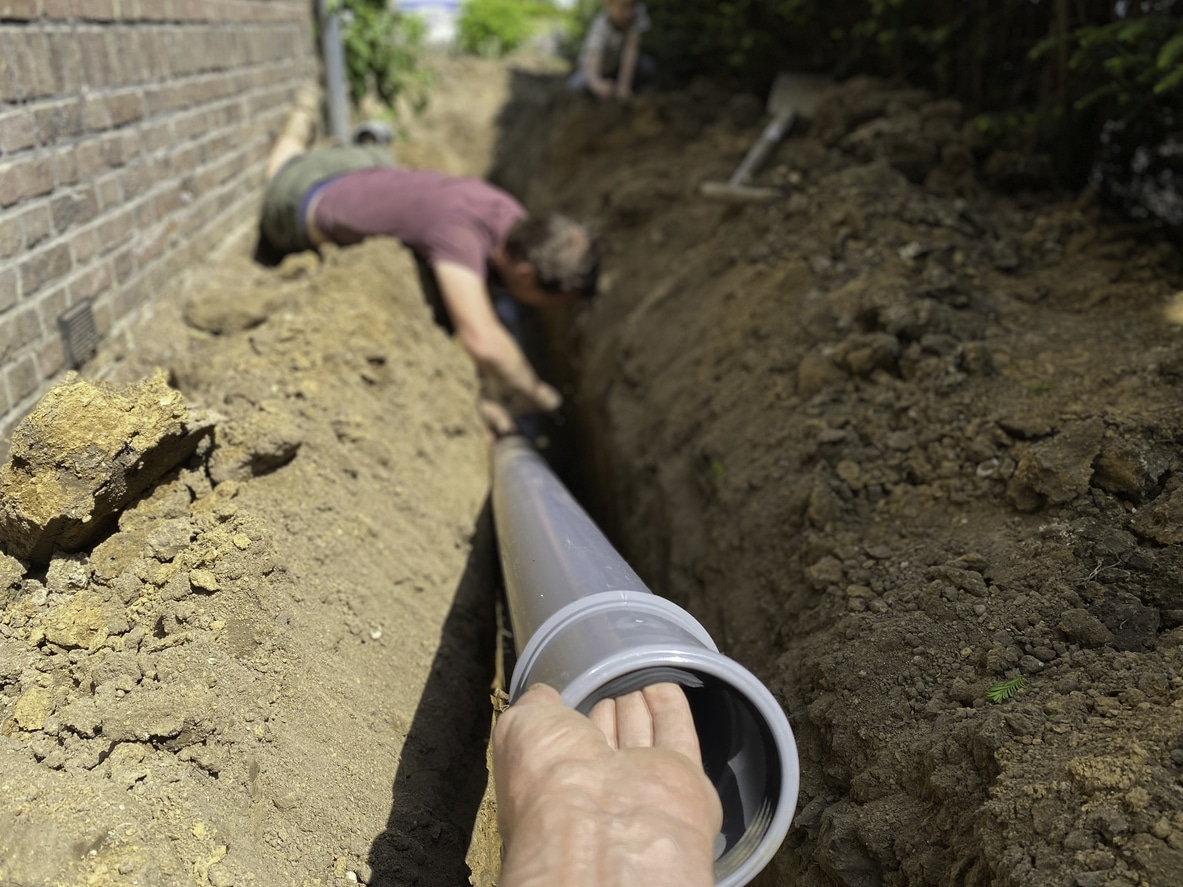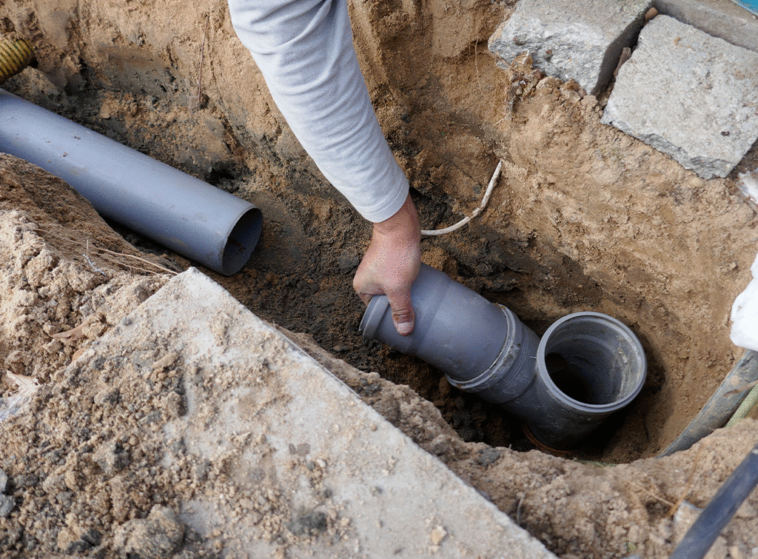When it comes to homeownership, there are countless aspects to consider, and one of the most critical but often overlooked is the sewer main line. This underground network of pipes carries waste away from your home to the city’s sewage system. While it may not be a topic you think about daily, it’s crucial to understand how it works and what to do if it malfunctions. In this comprehensive guide, we will delve deep beneath the surface to explore the practical aspects of sewer main line replacement, answering crucial questions along the way.
Understanding Your Sewer Main Line
Before we discuss the replacement process, it’s essential to have a basic understanding of your sewer main line. This network of pipes is responsible for transporting both liquid and solid waste away from your home to the city’s sewage system or a septic tank. Typically, it’s buried beneath your yard, driveway, or street, making it invisible but integral to your daily life.
Common Problems with Sewer Main Lines
Sewer main lines can face various issues over time, leading to the need for replacement. Understanding these common problems can help you identify when it’s time to take action:
- Clogs: Clogs can occur due to various reasons, including the accumulation of grease, debris, or foreign objects in the pipes. These blockages can lead to slow drainage, backups, and foul odors.
- Root Infiltration: Tree roots are a common cause of sewer line damage. As they seek moisture and nutrients, they can penetrate the pipes, leading to cracks, blockages, and even complete collapse.
- Corrosion: Over time, sewer lines can corrode, especially if they are made of older materials like cast iron or clay. Corrosion can result in leaks, leading to damage to your property and the environment.
- Aging Infrastructure: Sewer main lines have a lifespan, and as they age, they become more susceptible to issues. If your home has an older sewer line, it may be time to consider replacement.
Factors Influencing Duration

If the question arises, how long does it take to replace a sewer line?, it should be noted that duration of a sewer main line replacement project can vary significantly depending on several factors:
- Method of Replacement: Trenchless methods tend to be quicker than traditional excavation, often taking as little as two days. In contrast, traditional methods can extend the project to several days or even weeks.
- Extent of Damage: The severity of the problem plays a significant role in how long the replacement takes. Minor repairs can be completed faster than a complete replacement of a collapsed sewer main line.
- Permitting and Approvals: Obtaining necessary permits and approvals from local authorities can add time to the project, as the timeline may be subject to regulatory processes.
- Access and Location: The accessibility of your sewer main line and its location can impact the duration. Lines buried deep underground or beneath hardscape surfaces may require more time and effort to access and replace.
The Replacement Process
Now that we’ve covered the basics let’s explore the practical approach to sewer main line replacement. The duration of this process can vary based on several factors, but it generally involves the following steps:
Assessment and Inspection:
- A professional plumber will start by inspecting your sewer main line using specialized cameras and equipment. This assessment helps identify the exact location and extent of the problem.
- The plumber will determine whether a repair or a full replacement is necessary. In cases of severe damage or extensive issues, replacement is often the more cost-effective and long-term solution.
Permitting:
- Before any work can begin, you may need to obtain permits from your local authorities. The requirements vary depending on your location, so it’s crucial to check with your municipality.
Excavation or Trenchless Method:

- The next step involves excavating the area around your sewer main line. This can be a labor-intensive process, especially if your line is deep or under hardscape surfaces like concrete or asphalt.
- Alternatively, trenchless methods can be employed, which involve minimal digging and disruption. These methods include pipe bursting and pipe lining. While trenchless methods may cost more, they can save you money in the long run by preserving your landscape and minimizing the duration of the project.
Replacement:
- Once the area is prepared, the old sewer main line is removed or replaced with new piping. The type of material used for replacement can vary, with modern options like PVC or HDPE being popular choices due to their durability and resistance to corrosion.
- The new sewer line is carefully installed, ensuring proper alignment and connections.
Testing and Inspection:
- After installation, the plumber will conduct thorough testing to ensure the new sewer main line functions correctly. This includes checking for leaks, proper flow, and adherence to local building codes.
Backfill and Restoration:
- Once the replacement is successful and passes inspection, the excavation site is backfilled and restored to its original condition as much as possible. This may involve landscaping and repairing any damage to hardscape surfaces.
Cost Considerations
The cost of sewer main line replacement can also vary widely, depending on several factors:
- Depth and Length: Longer and deeper sewer lines typically incur higher costs due to the increased materials and labor required.
- Material Choice: The type of material chosen for replacement can affect the cost. PVC and HDPE are popular options due to their durability, but they may be more expensive than other materials.
- Method of Replacement: Trenchless methods may cost more upfront but can save you money in landscaping restoration and reduced project duration.
- Additional Repairs: If there is damage to your property or landscaping during the replacement process, these additional repairs can add to the overall cost.
- Permitting Fees: Don’t forget to factor in the cost of permits and approvals, which can vary depending on your location.
- Professional Services: Hiring a reputable plumbing contractor is crucial to ensure the job is done correctly. While their services may come at a premium, it’s an investment in the long-term health of your sewer main line.

Conclusion
Your sewer main line may be out of sight, but it should never be out of mind. Understanding the basics of sewer main line replacement, including the factors influencing duration and cost, can help you make informed decisions when faced with a sewer line issue. Whether you opt for trenchless methods or traditional excavation, addressing sewer line problems promptly is essential to maintain the integrity of your home and ensure the safe disposal of waste. If you ever find yourself asking, How long will it take for you to replace a sewer line? remember that the answer depends on various factors, but with the right approach and professional assistance, you can navigate the process smoothly and efficiently, ensuring the health and functionality of your home’s sewer system.




